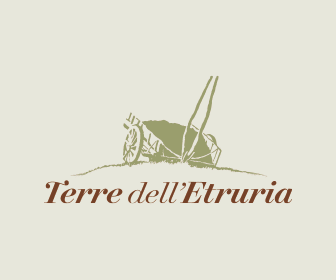Ambiente
INCENTIVES TO CURB DEFORESTATION NEEDED TO COUNTER CLIMATE CHANGE
Two billion tonnes of carbon enter atmosphere each year due to forest loss
13 dicembre 2005 | T N
Noting that deforestation accounts for 25 percent of all man-made emissions of the greenhouse gas carbon dioxide (CO2), FAO offered today to provide data and technical advice to countries attending the UN climate change conference in Montreal to help them explore ways to create financial incentives for reducing forest loss in the developing world.
"FAO's newest data on the role of forests in mitigating climate change, contained in our recently released Global Forestry Resources Assessment (FRA 2005), provide a clear picture of the contribution that forests make to countering global warming -- and of how deforestation exacerbates the problem," said Dieter Schoene, of FAO's Forestry Department.
"There are a number of strategies that countries can use to accurately monitor reductions in deforestation and increases in carbon storage, especially in tropical countries where forests do the most to remove carbon dioxide from the atmosphere,†he said. Such reporting would be key to any scheme to create financial incentives for carbon storage by developing countries.
Two billion tonnes of carbon released each year due to deforestation
According to FRA 2005, the world’s forests store 283 gigatonnes (Gt) of carbon in their biomass alone, while the total carbon stored in forest biomass, deadwood, litter and soil together is roughly fifty percent more than the amount found in the atmosphere -- adding up to one trillion tonnes.
But the assessment also shows that the destruction of forests adds almost two billion tonnes of carbon to the atmosphere each year.
"Preventing this stored carbon from escaping is important for maintaining the global carbon balance and vital to conserving the environment," according to Schoene.
For the world as a whole, carbon stocks in forest biomass decreased at least by 1.1 Gt annually during the 2000-2005 period as a result of continued deforestation and forest degradation, the assessment found. Carbon in forest biomass decreased in Africa, Asia and South America in the period 1990-2005, but increased in all other regions.
These losses were partly offset by forest expansion (including planting) and an increase in growing stock per hectare in some regions
Forests could be better used to combat climate change
In addition to preventing forests from being turned into other land-uses, new forest-based carbon stores should be created through afforestation (new plantings) and reforestation (replanting of deforested areas), FAO says.
Carbon stocks in forest biomass reach the highest values per hectare in Western and Central Africa and Central and South America, according to FRA 2005.
Particularly in the tropics, where vegetation grows rapidly and therefore pulls carbon from the atmosphere more quickly, planting trees can remove large amounts of CO2 from the air within a relatively short time. There, forests can fix as much as 15 tonnes of carbon in their biomass and wood per hectare per year.
FAO and other experts have estimated that global carbon retention resulting from reduced deforestation, increased forest regrowth and more agroforestry and plantations could make up for about 15 percent of carbon emissions from fossil fuels over the next 50 years.
Origin: FAO
Potrebbero interessarti
Ambiente
Angurie, meloni e pesche con prezzi in calo per combattere l'afa estiva
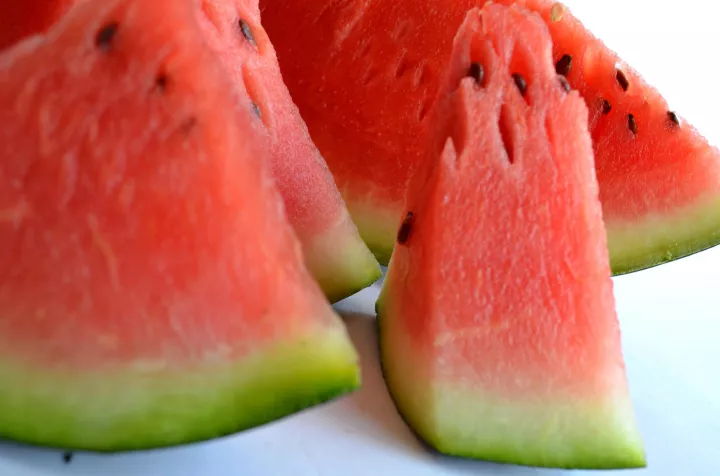
Per l'anguria con listini all'ingrosso scesa del 4%. Nonostante le gelate primaverili, sono in produzione le ciliegie pugliesi, della varietà Ferrovia, con una qualità in miglioramento grazie al caldo
17 giugno 2025 | 09:00
Ambiente
Alberi Monumentali d'Italia, cresce il numero delle piante tutelate
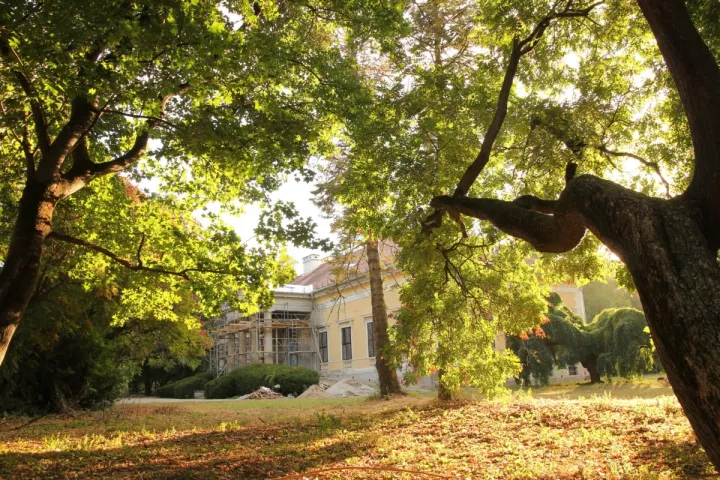
Le specie più numerose sono la roverella e il faggio. Le Regioni con il maggiore numero di alberi monumentali sono il Friuli Venezia Giulia, la Lombardia e la Sardegna
10 giugno 2025 | 09:00
Ambiente
Il lupo in Europa è ora meno protetto
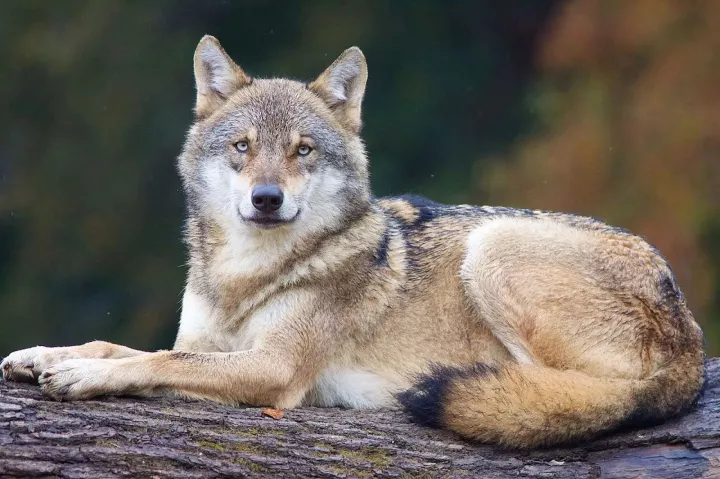
La maggioranza al Parlamento Europeo ha sostenuto le richieste delle comunità rurali e per questo dal 2022 la Commissione ha avviato un processo per ridurre il grado di protezione dei lupi
21 maggio 2025 | 09:00 | Marcello Ortenzi
Ambiente
Il vino italiano primo per produzione e secondo per quota di mercato

Bene i distretti del vino italiani, che nel complesso crescono del 4% tendenziale, in particolare il Prosecco di Conegliano Valdobbiadene, i Vini dei Colli Fiorentini e senesi e i Vini del veronese
07 aprile 2025 | 15:00
Ambiente
Nel Mediterraneo piogge stabili dalla fine dell’Ottocento, ma in futuro è prevista una diminuzione

Un team di ricercatori di cui fa parte l’Università Statale di Milano ha tracciato l’evoluzione delle precipitazioni nel Mediterraneo a partire dalla fine del diciannovesimo secolo, prevedendo una diminuzione nel XXI secolo
22 marzo 2025 | 12:00
Ambiente
I cambiamenti climatici e l'impatto sulle nuove generazioni
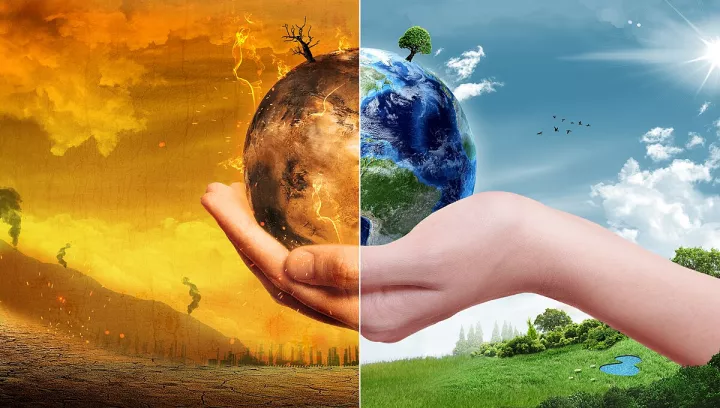
I contributi e le opinioni di qualificati analisti sui problemi ambientali, pone l’attenzione soprattutto sulle possibili alterazioni della Corrente del Golfo, che potrebbero avere conseguenze, seppur meno gravi che altrove, anche sul Mediterraneo
23 febbraio 2025 | 09:00





